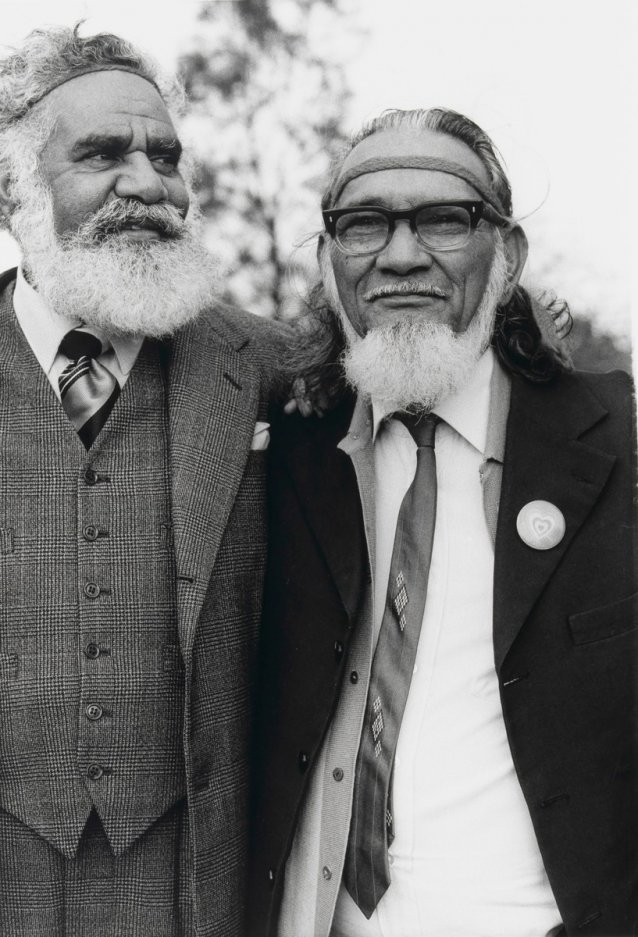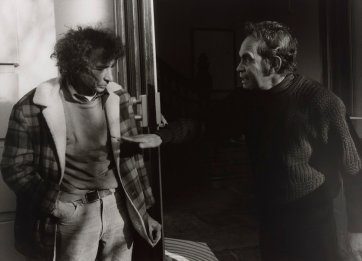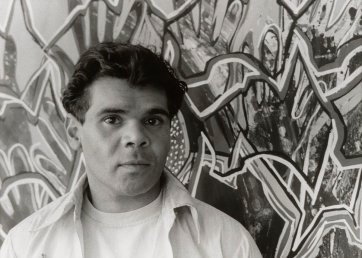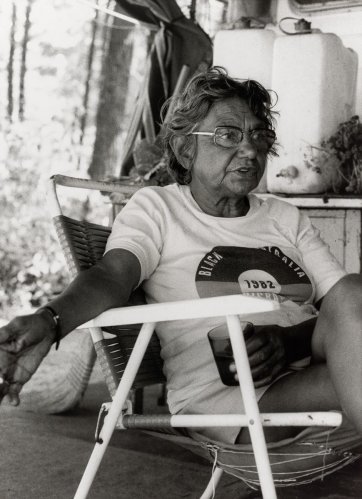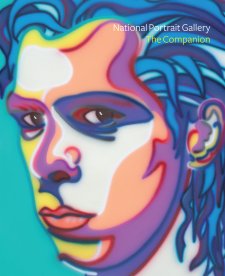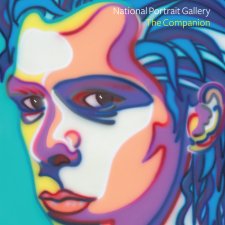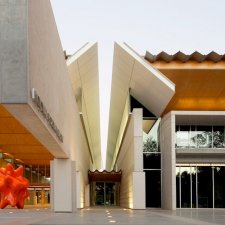Burnum Burnum (1936–1997), Woiworung/Yorta Yorta activist, actor and author, was born at Wallaga Lake and taken from his family at three months old, growing up in children’s homes. In the mid-1960s he became involved with Indigenous rights activism, lobbying for the 1967 Referendum and leading a campaign to reclaim the remains of Truganini from the Tasmanian Museum in Hobart. In 1976 he changed his name to Burnum Burnum (great warrior) to honour his great-grandfather, artist Tommy McRae, and to attest to his Aboriginality. During the bicentenary celebrations in 1988 he laid claim to England at the white cliffs of Dover, erecting the Aboriginal flag. Unlike Burnum Burnum, Guboo Ted Thomas (1909–2002), Yuin Elder and land rights activist, was able to spend his childhood in Wallaga Lake. Aged nine, he accompanied his father and other Elders on a 350-km walk from Mallacoota to the Hawkesbury River, learning about the sacred sites for which he was later responsible. He became active in the land rights movement in the 1970s, lobbying for the title deeds to Wallaga Lake to be handed over to the Yuin people and campaigning against logging on Mumbulla Mountain.
Juno Gemes photographed Burnum Burnum and Guboo Ted Thomas at Centennial Park in Sydney.
Purchased 2004
© Juno Gemes/Copyright Agency, 2024
The National Portrait Gallery respects the artistic and intellectual property rights of others. Works of art from the collection are reproduced as per the
Australian Copyright Act 1968 (Cth). The use of images of works from the collection may be restricted under the Act. Requests for a reproduction of a work of art can be made through a
Reproduction request. For further information please contact
NPG Copyright.
